Recovering from a stroke is a step-by-step journey. Most survivors follow a similar pattern of improvement during the first six months. Understanding each stage helps you set realistic goals and stay motivated.
BBT Rehab supports this journey with a home-based program that combines guided daily exercises and the neuro-supportive formula Bricina to enhance brain–nerve–muscle recovery.
Month 1 — Stabilization & Early Activation
Focus on safety, preventing complications, and gently “waking up” the nervous system.
- What to expect: Hospital stabilization, positioning, passive range-of-motion, assisted sitting.
- Family role: Daily engagement—hand squeezes, simple stretches, supported sitting.
- Stay on track: Short, frequent sessions (5–10 minutes) to build tolerance.
BBT Rehab integration: Begin Bricina to support cerebral blood flow and neurotransmission while following early-stage movement guidance.
Months 2–3 — Neuroplasticity Window
Neuroplasticity peaks here; consistency matters most.
- What to expect: First visible gains—finger/foot twitches, better grip, improved balance; start speech/occupational therapy if needed.
- Daily plan: Two structured home sessions + one review/goal check per week.
- Common wins: Feeding with assistance, short indoor walks with support.
BBT Rehab integration: Use the structured 8-week home plan (exercise progressions + Bricina) to reinforce brain–nerve pathways. Many users report noticeable gains within 4–6 weeks.
Months 4–5 — Strength, Balance & Confidence
Build endurance, reduce spasticity, and expand independence in daily activities.
- What to expect: Longer walks (with cane/rail), smoother motions, better transfers (bed↔chair).
- Training mix: Stretching + strength + balance drills; add task-specific practice (stairs, dressing, meal prep).
- Measure progress: Track ADL milestones (bathroom, dressing, kitchen tasks).
BBT Rehab integration: Continued Bricina plus progressive exercises support motor control and sleep quality—both key for recovery consolidation.
Month 6 — Advanced Recovery & Maintenance
Improvement may slow, but gains continue with routine and goal refresh.
- What to expect: Greater independence in ADLs; ongoing speech/cognitive gains with practice.
- Maintenance plan: 20–30 minutes of targeted exercise daily, 5–6 days/week.
- Prevent regression: Keep the brain active—reading, conversation, light chores, puzzles.
BBT Rehab integration: Transition to a 6-month plan: monthly Bricina supply, progress tracking, and periodic goal updates to sustain brain–nerve–muscle connections.
How to Stay on Track (Any Month)
- Consistency over intensity: Short daily sessions beat rare long sessions.
- Task-specific practice: Train what you want to regain (walking, grasping, dressing).
- Spasticity management: Daily stretching before strength work.
- Sleep & nutrition: Both drive neuroplasticity; keep them steady.
- Goal check-ins: Reassess weekly; celebrate small wins.
BBT Rehab tip: Pair each exercise block with Bricina at the same time daily to build routine adherence.
Home-Based vs. Inpatient: A Practical View
- Inpatient: High-intensity start after discharge; great for severe deficits.
- Home-based: Crucial for long-term consistency and real-world tasks.
- Hybrid approach: Start inpatient (if indicated), continue with a structured home plan (BBT Rehab) for months 2–6.
Bottom line: The best results come when early intensity is followed by disciplined home practice.
Sample Daily Routine (20–30 Minutes)
- Warm-up (3–5’): Breathing, gentle range-of-motion, posture set.
- Core block (12–18’): Balance drills, step-to walking, grasp-release reps, task practice.
- Cool-down (3–5’): Stretch spastic muscles (calf, hamstrings, forearm flexors).
BBT Rehab pairing: Take Bricina as directed and log exercises/progress to keep momentum.
When to Seek Extra Help
- Sudden setbacks: New weakness, severe headache, vision or speech changes.
- Pain or spasticity spikes: Adjust plan with your clinician.
- Plateau >4 weeks: Refresh goals, vary tasks, or increase supervision.
BBT Rehab support: Use our guidance to adjust difficulty, swap exercises, and maintain adherence.
Start Your Home-Based Plan
Your path back to independence is built day by day. Combine structured practice with neuro-support to help the brain reconnect with your body.
- Begin today: Follow the 6-month roadmap above.
- Reinforce results: Use Bricina alongside daily training.
- Stay consistent: Track progress and refresh goals weekly.
BBT Rehab: A doctor-recommended, home-based system designed to support brain–nerve–muscle recovery through the first six months and beyond.

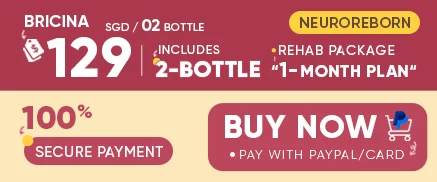



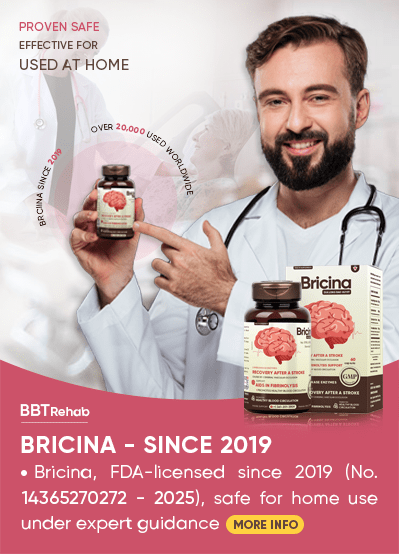

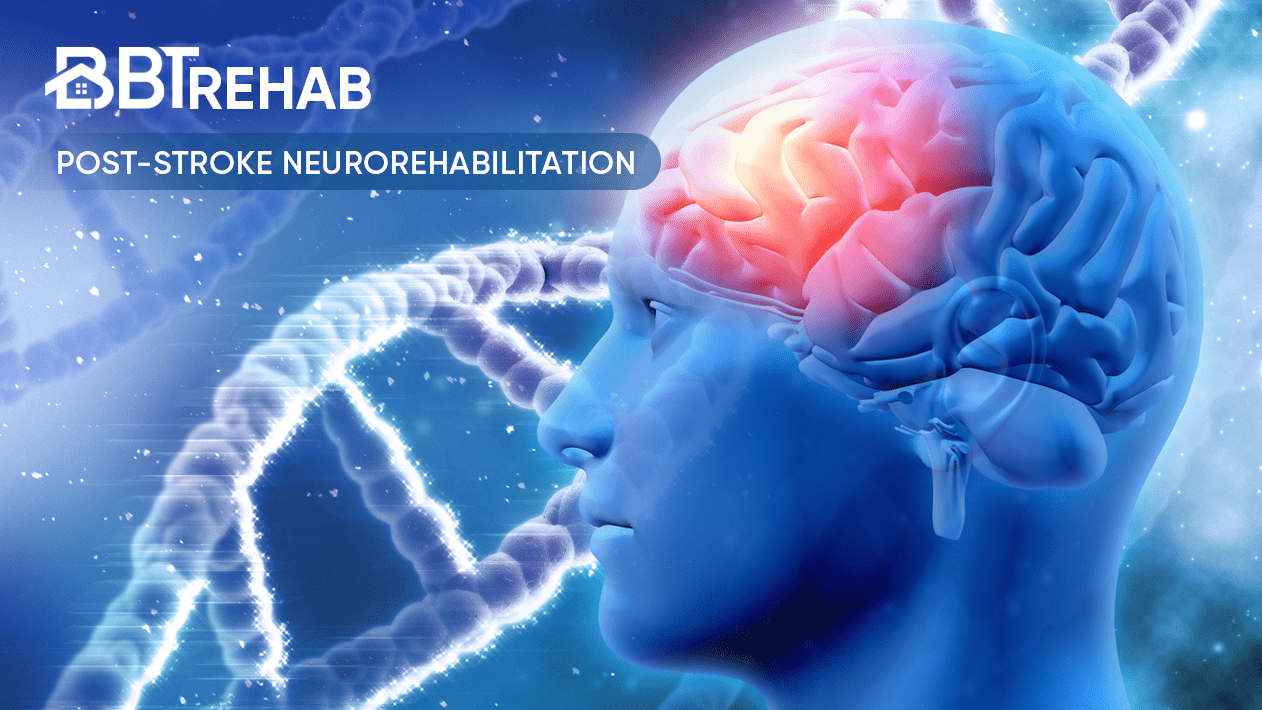
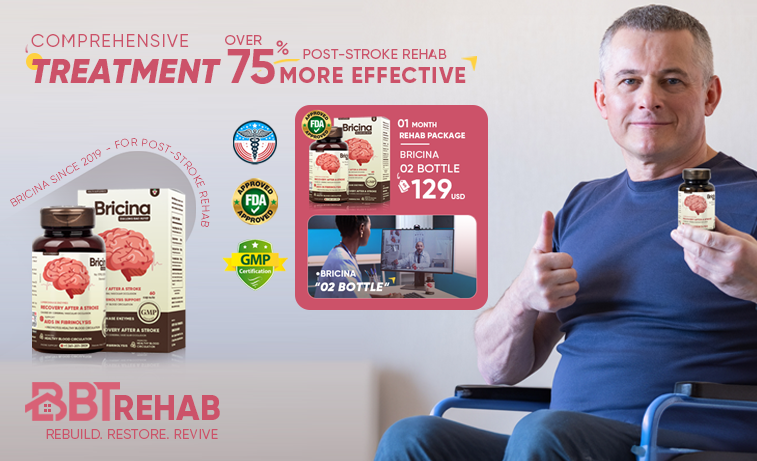

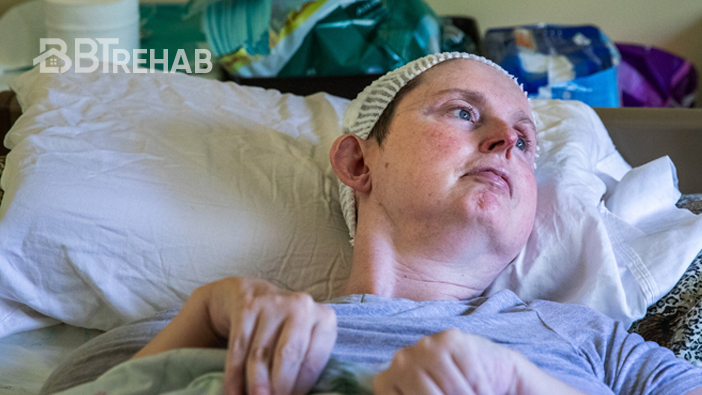



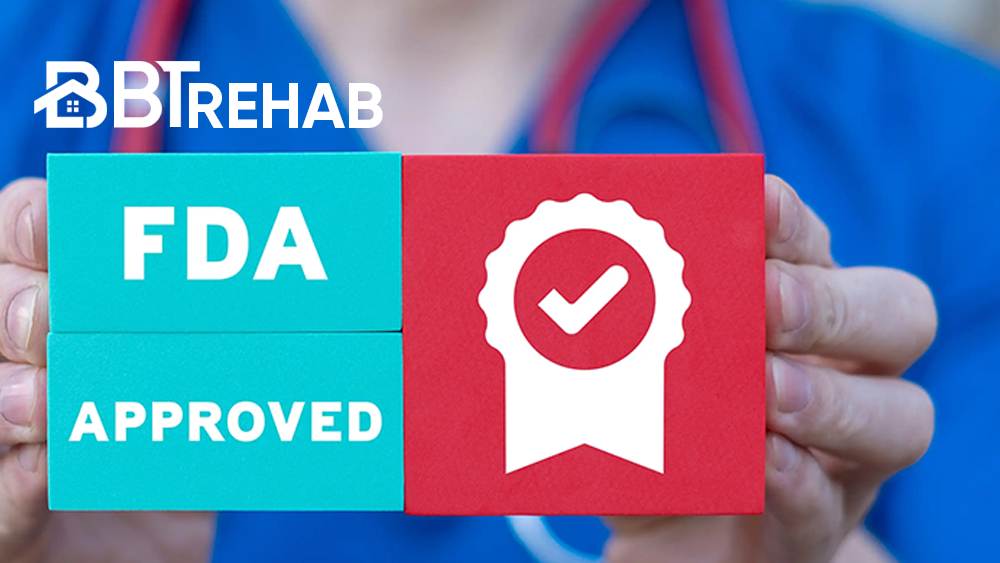
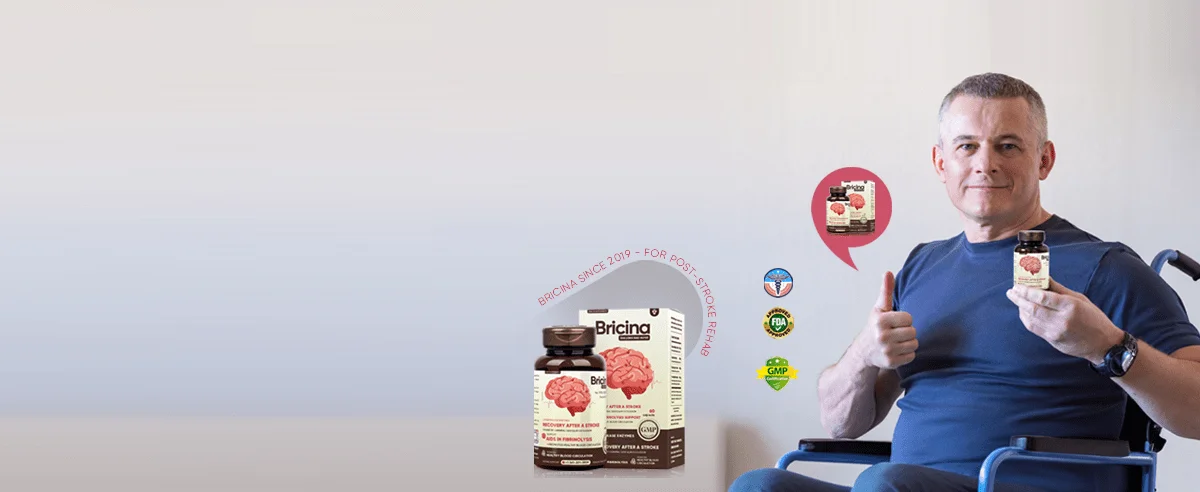


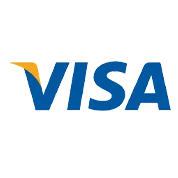
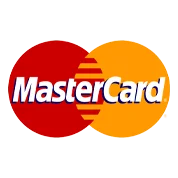


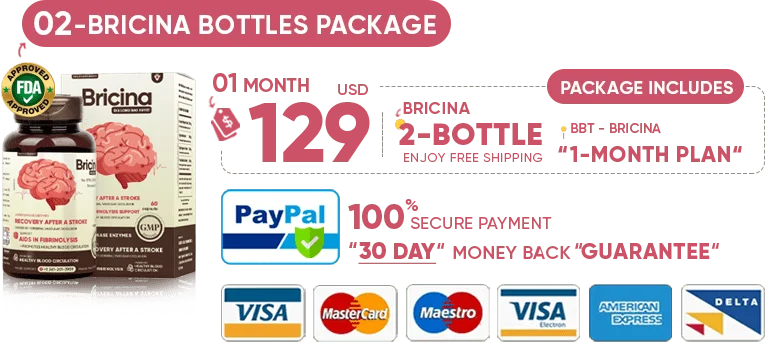
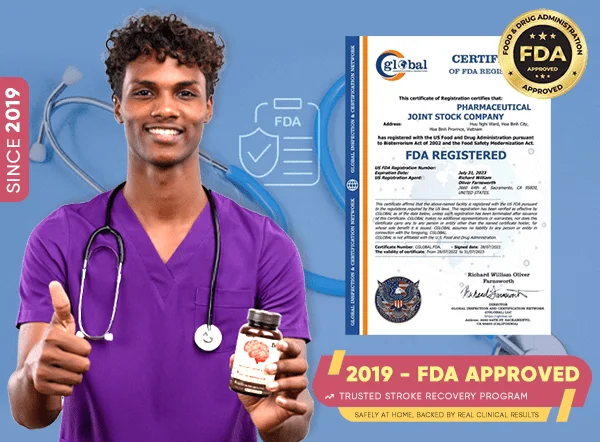 Every component undergoes rigorous safety and performance checks, ensuring stroke survivors receive a trusted and effective home-based rehabilitation solution.
Every component undergoes rigorous safety and performance checks, ensuring stroke survivors receive a trusted and effective home-based rehabilitation solution.